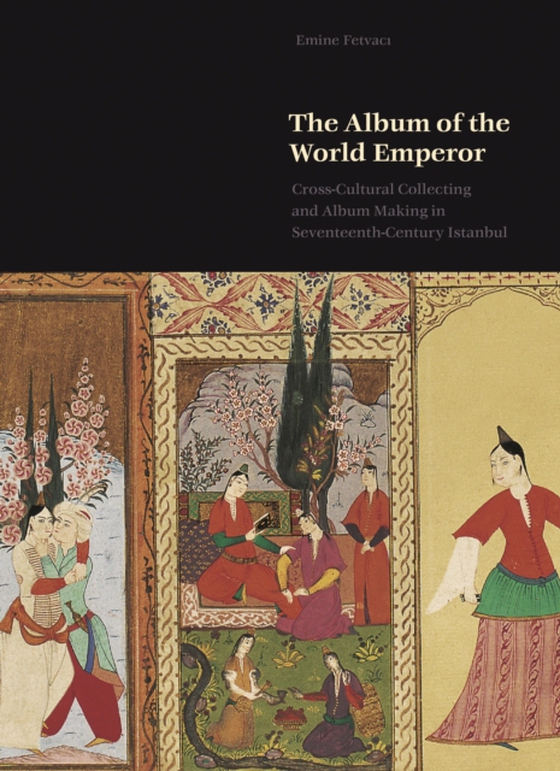
Album of the World Emperor e-bog
546,47 DKK
(inkl. moms 683,09 DKK)
The first study of album-making in the Ottoman empire during the seventeenth century, demonstrating the period's experimentation, eclecticism, and global outlookThe Album of the World Emperor examines an extraordinary piece of art: an album of paintings, drawings, calligraphy, and European prints compiled for the Ottoman sultan Ahmed I (r. 1603-17) by his courtier Kalender Pasa (d. 1616). In th...
E-bog
546,47 DKK
Forlag
Princeton University Press
Udgivet
7 januar 2020
Længde
296 sider
Genrer
1DTT
Sprog
English
Format
epub
Beskyttelse
LCP
ISBN
9780691194257
The first study of album-making in the Ottoman empire during the seventeenth century, demonstrating the period's experimentation, eclecticism, and global outlookThe Album of the World Emperor examines an extraordinary piece of art: an album of paintings, drawings, calligraphy, and European prints compiled for the Ottoman sultan Ahmed I (r. 1603-17) by his courtier Kalender Pasa (d. 1616). In this detailed study of one of the most important works of seventeenth-century Ottoman art, Emine FetvacA uses the album to explore questions of style, iconography, foreign inspiration, and the very meaning of the visual arts in the Islamic world.The album's thirty-two folios feature artworks that range from intricate paper cutouts to the earliest examples of Islamic genre painting, and contents as eclectic as Persian and Persian-influenced calligraphy, studies of men and women of different ethnicities and backgrounds, depictions of popular entertainment and urban life, and European prints depicting Christ on the cross that in turn served as models for apocalyptic Ottoman paintings. Through the album, FetvacA sheds light on imperial ideals as well as relationships between court life and popular culture, and shows that the boundaries between Ottoman art and the art of Iran and Western Europe were much more porous than has been assumed. Rather than perpetuating the established Ottoman idiom of the sixteenth century, the album shows that this was a time of openness to new models, outside sources, and fresh forms of expression.Beautifully illustrated and featuring all the folios of the original seventy-page album, The Album of the World Emperor revives a neglected yet significant artwork to demonstrate the distinctive aesthetic innovations of the Ottoman court.
 Dansk
Dansk

